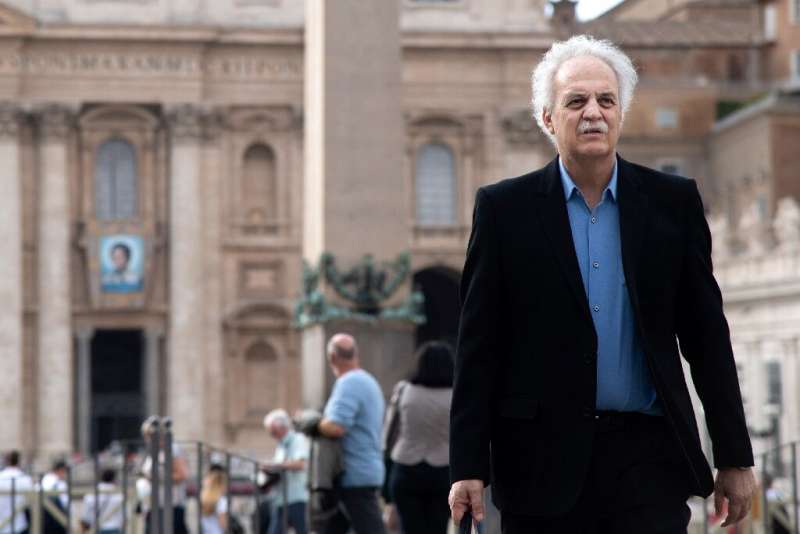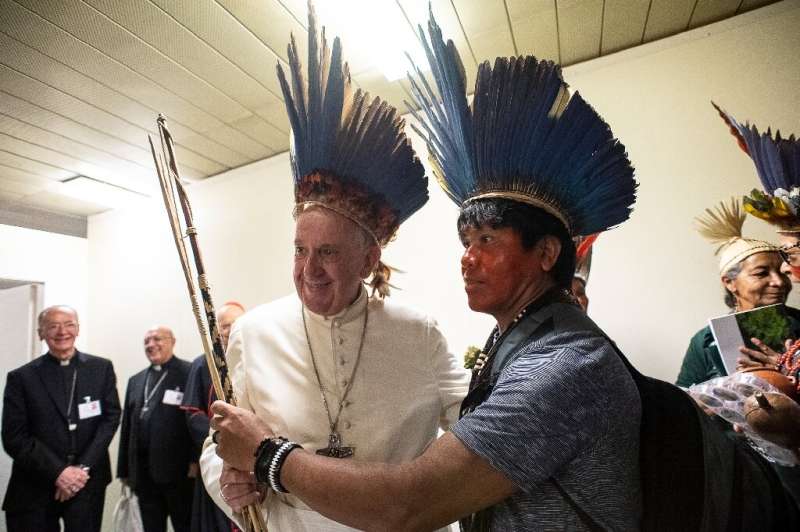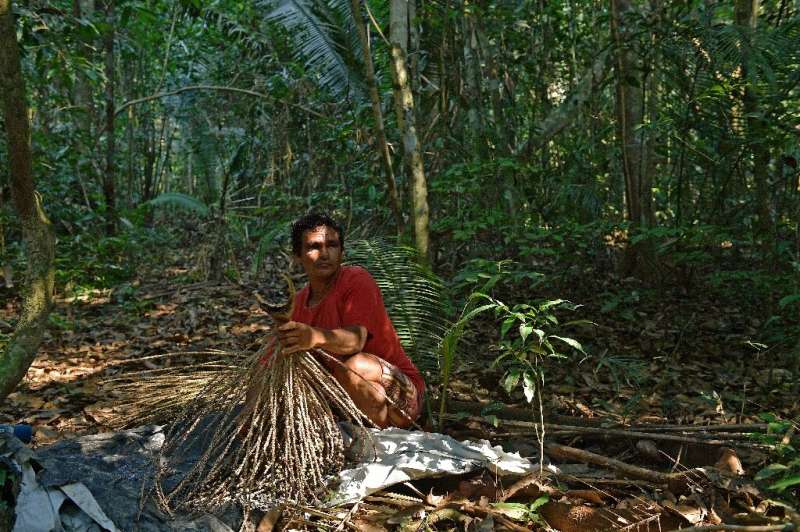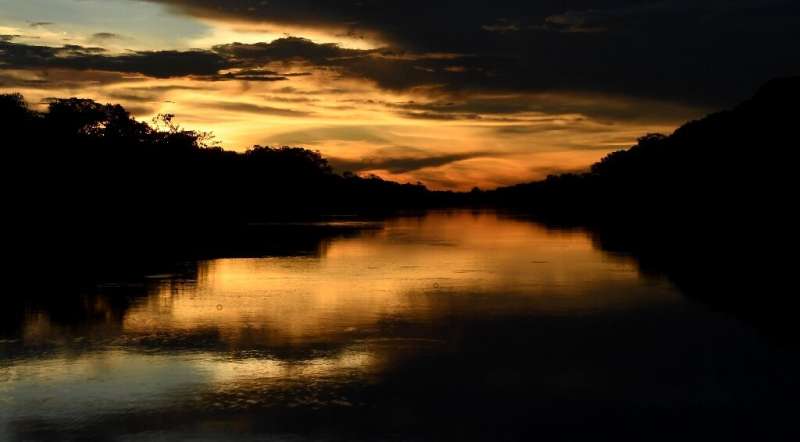Use the Amazon's natural bounty to save it: experts

Brazilian prize-winning climatologist Carlos Nobre is calling for a bioeconomic plan to save the Amazon by drawing on its wealth of berries and nuts—an idea championed at a key Vatican summit.
"The Amazon has great economic potential," said Nobre, who has studied the tropical habitat for 40 years and contributed to a scientific report for the special three-week assembly of Catholic bishops on the Pan-Amazonian region.
Bioeconomy is the production of renewable biological resources which are used in products such as food and medicines.
"The forest generates more valuable products for the present and the future than could be gained by destroying it and replacing it with agricultural or mining land," Nobre told AFP.
"Science must seek solutions and not just talk about risks. We have to create an economy to keep the forest standing," he said, adding that the possibilities were "endless" and would benefit indigenous people too.
Nobre was the lead author of the IPCC report into climate change, which won the 2007 Nobel Peace Prize.
Some 42 international scientists drew up recommendations and compiled facts for the assembly or "synod" at the Vatican.
The Amazon's natural bounty—plants, bacteria, mosses, and lichens—could be used in the pharmaceutical, food or cosmetics sectors if investments were made in the creation of high-value bio-industries and technologies, they say.
The forest boasts acai berries (with medicinal properties), babassu palm trees (oil used in cosmetics), chestnuts and cocoa.

"A revolution'
Strict ecological standards could be set for the harvesting of such resources, while protecting the rights of local populations.
"For a middle class to emerge in the Amazon, forest products need to be given added value," said Nobre, a guest at the assembly, which has called for more be done to protect the region's indigenous peoples.
"We need an industrial and scientific revolution," he said.
The rainforest is home to between 10 and 15 percent of the world's biodiversity.
Environmental campaigner Pope Francis has long insisted on the inextricable link between humans and nature.
The assembly has heard from indigenous peoples and international experts on the fate of locals who are threatened—and sometimes murdered—by economic predators.
Felicio de Araujo Pontes, a Brazilian prosecutor who specializes in defending indigenous peoples, criticized "a colonialist mentality that persists with the idea of superiority over the people of the forest."

He slammed an economy based on intensive cattle breeding and soy cultivation, agreeing with fellow experts that "from an economic point of view, it is worth keeping the forest standing."
Amazon soy is widely used as feed for cattle, pigs and poultry.
"Gold hunters, miners'
Brazilian Archbishop Roque Paloschi said land grabbing had left some communities with nothing.
"The 1988 constitution said that by 1993 all indigenous peoples' lands were to be defined, approved and registered.
"One third of them were, the others were invaded by gold hunters, and mining, oil and timber industries," he said.
Nobre warned time was running out for the Amazon, which is spread over nine of the twelve countries of South America.
"Science shows we are very close to a point of no return," he said, adding that some "60 to 70 percent of the Amazonian forest could disappear in the next 30 to 50 years."

"We must slam the breaks on logging and achieve zero deforestation in the coming years. And we must fight global warming," said Nobre.
Some 15 percent of the forest has already disappeared due to deforestation and fires, many of which are intentionally lit.
© 2019 AFP




















